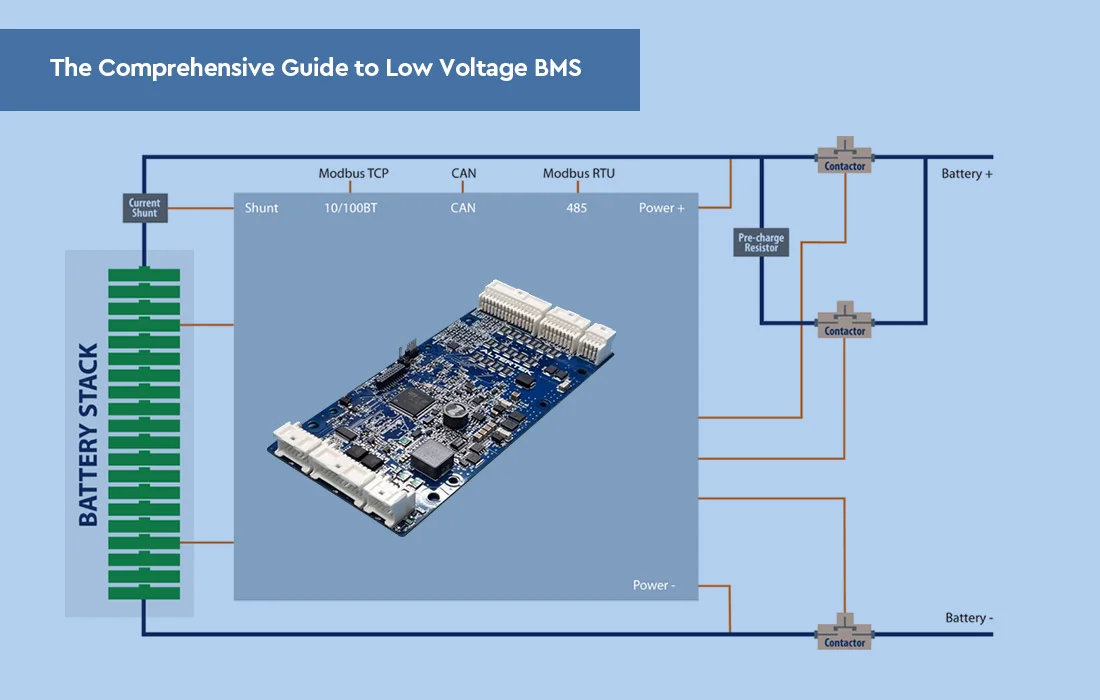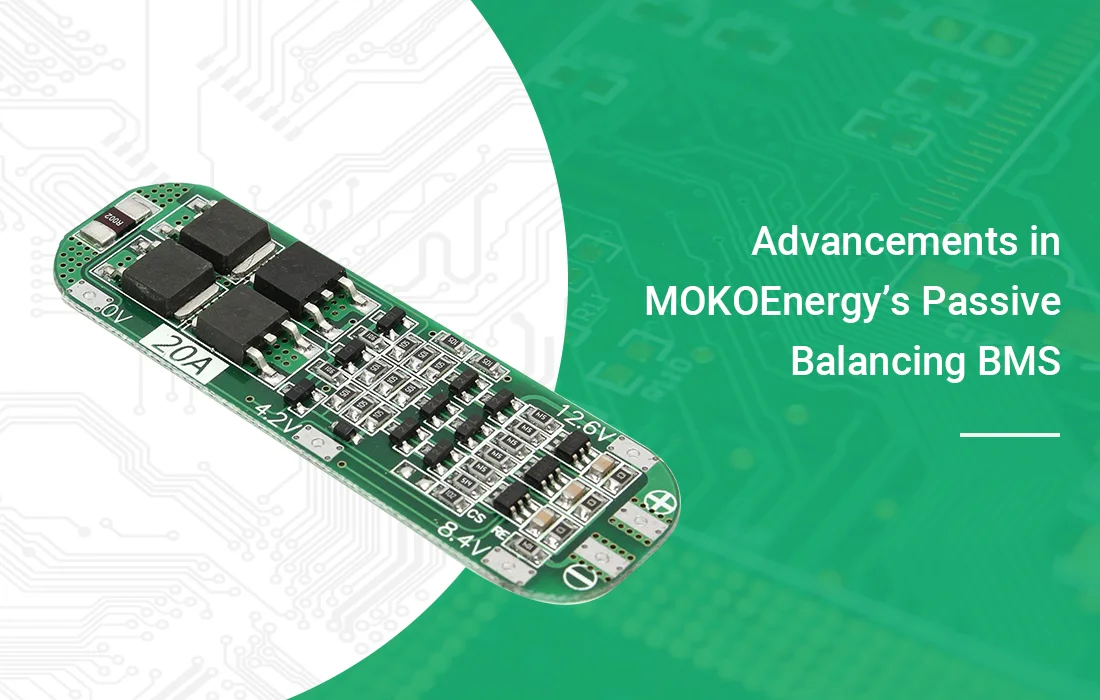Yes. Wireless BMS considers a variety of wireless solutions. Some of these are proprietary solutions, customized for wireless BMS use cases. Nonetheless, there are notable benefits associated with employing a conventional option like Bluetooth for automotive battery management systems, particularly if it is compatible with Bluetooth Core Specification version 5.4. Here’s why Bluetooth LE 5.4 is suitable for wireless automotive BMS:
- High throughput: Bluetooth battery management system can provide data rates in excess of 1 megabit per second, whereas other proprietary solutions typically fall far short of this. As a result, Bluetooth can transmit more data in less time, meeting the requirements of BMSs that need to transmit large amounts of data to a central processing unit and scale with the number of battery modules. Increased data speeds also translate to reduced latency, a crucial factor for ensuring safety.
- Synchronized low latency and reliable connectivity: Bluetooth technology provides reliable data transmission even in noisy environments. A Bluetooth-based wireless BMS consists of several battery modules that communicate with a central unit. Currently, battery packs typically contain fewer than ten battery modules. However, this may increase to dozens in the future. Each module must efficiently and swiftly transmit data to the central unit. Damaged battery cells need to be diagnosed at a moment’s notice to avoid dangerous consequences such as overheating. In the conventional Bluetooth LE setup, the central unit has the capability to interact with multiple peripheral devices. Nevertheless, every peripheral device is required to remain in standby mode until it receives a polling signal from the central device before transmitting data. This can lead to delays that are not compliant with wireless BMS requirements, especially as the number of battery modules increases. version 5.4 of the Bluetooth Core specification introduces a new feature called Periodic Announcement with Response (PAwR) that addresses this limitation. With this feature, the central device (in this case the car’s central unit) can send broadcast packets at fixed intervals, which are received by all or a group of peripheral devices or observers (battery modules). This represents an enhanced iteration of broadcasting, enabling each recipient to respond to the central device within a predetermined timeframe. Furthermore, it allows for data exchange over any of the 40 radio channels at one’s disposal, ensuring more dependable and interference-free communication.
- Secure connection: The utilization of Bluetooth technology ensures secure communication by employing encryption and authentication processes, thus thwarting unauthorized access and guaranteeing the safety of both the vehicle and its occupants. Prior to version 5.4 of the Bluetooth specification, it was not possible to encrypt broadcast data. This is now possible with the new “Encrypted Advertisement Data” feature, which is a great complement to PAwR for more secure communications.
- Low power consumption: Bluetooth LE can be described as a wireless communication protocol with a primary focus on conserving power. In addition, when using PAwR, the central unit sends out periodic broadcast packets, and the observer only listens during these broadcasts and sleeps at intervals. A reply is sent only when it is requested. This demonstrates excellent energy efficiency, particularly when used in battery-operated equipment like electric cars.
- Low cost: Bluetooth LE chips from leading manufacturers are distributed in extensive quantities across a broad spectrum of applications, resulting in reduced selling prices attributed to economies of scale and significantly amortized development expenses. Bluetooth LE chips are less expensive than proprietary wireless chips designed for wireless BMS, which have limited economies of scale and lower shipments.
- Multi-sourcing: The advantage of employing Bluetooth LE is that chips from various providers can be utilized within the supply chain. This allows BMS and EV manufacturers to have a second source to secure volume production requirements and continue to respond to price pressures.




